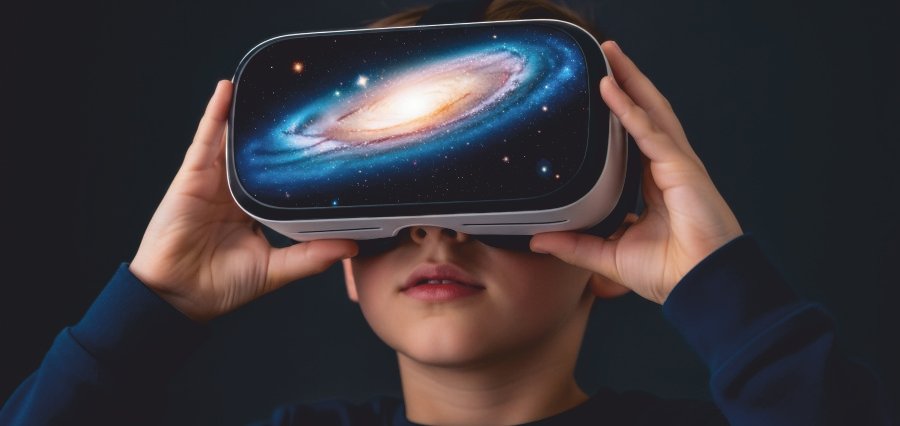Shifting Paradigms
Education had been relatively standardised in a form that had been largely unchanged through the fixed model, teacher-driven-text-book knowledge, with standard tests. Although effective in some respects, these approaches usually restrict creativity, critical thinking and practical applicability. New ways are transforming the interaction of learners with knowledge today. Educational leaders have given the field a new direction in the sense that they are challenging the old ways of doing things, and bringing in new ideas in which learning is actively engaging, all-inclusive and goal-oriented.
From Passive Learning to Purposeful Engagement
The transition from passive to active learning is one of the most outstanding changes in education today. Students are being told to think, ask questions and engage in group projects rather than being expected to simply memorise stuff. This transformation can fill the theoretical-practical divide, as learners can relate some of the academic knowledge and the problems that they might encounter in the real world. Teachers are coming up with new measures in which interaction, feedback, and exploration are major rather than memorisation.
This method is not only about methodology, but also about opening a room in which the student seeks her voice. The learners will be confident, and they will be able to adjust more when they are active participants. Schooling has now turned out to be a process, but not an end.
Technology as a Tool for Empowerment
Technology does not as it is; although when applied with thought, it can widen opportunities in potent proportions. The internet and other digital tools have facilitated an opening to learning not bound by geography or other social divisions. Online courses and virtual classes, and self-paced programs have given students in remote and underserved locations choices that otherwise were not available to them.
Teachers who effectively use these tools are not removing the need for human interaction; they are supplementing it. The engagement is the key to the way these technologies are applied to the process of learning. In the right proportion, technology enhances curiosity, personalisation, and wide reach, and the rationale is that education must be provided where a learner is.
Promoting Equity Through Inclusion
Authentic progress in education also implies addressing forms of embodiment and inequity that have in the past impeded access and outcomes. The industry giants have been working towards creating inclusive environments that speak to the variety of the community, which they belong. This entails curriculum revision to introduce diversity of views, classroom design to accommodate a diverse pool of learning preferences, as well as trainer preparation to sensitise them to identity and tackle bias.
The intention is not to push all the learners into a standard mould, but to develop systems that would show respect to various strengths, needs and experiences. Inclusion emerges as one of the key pillars towards enhanced outcomes in education, where no student is left behind due to some background, ability or circumstance.
Bridging Academia and Real-World Impact
The second developing concern is the coordination of academically based education with reality. Students are interested in transferring what they are learning to their careers of choice, communities of interest and the challenges they are interested in. The reaction of educational leaders to respond to learning is incorporating experiential learning, project-based work, and interdisciplinary learning, reflecting real-life problems.
Students become aware of their future careers and have a context for their education as they learn to interact with professionals, industries, and communities. The relationship instils flexibility and decision making- two highly needed elements in a world that is ever changing and more fluid in terms of opportunities.
The Role of Leadership in Educational Change
All these changes cannot occur without great leadership. People behind this movement appreciate that vision and action are the important factors behind any progress. They do not want to be content with the status quo, but instead prefer to find improved results in the collective of learners. Their strategy is working collaboratively, listening to all stakeholders, and being ready to take some calculated risks to make improvements.
Leadership in education can take the form of any of the titles or carry out the roles mentioned. It is the role of teachers, administrators, researchers and community activists. A combination of the latter two will contribute to the development of the system that is more responsive, thoughtful, and capable of meeting the existing and emergent needs.
Looking Ahead: The Future Starts Now
The evolution of the issue of education is not what to wait but it is here. Learning is increasingly close to the world in which it is applied, with every change of mindset, practice, and policy. Not all these changes will be simple ones, but it is what needs to be done to establish systems that would set people up to lead lives of meaning, imagination, and service.
The task at this point is to maintain the momentum. The greater the number of people who know what they can do, the more will be the pressure on the need for a better education. Society is on its way to an inclusive, effective, inspiring educational future because it allows people who are not afraid of reimagining and rebuilding to do so.
Read Also : Education Influencers Making a Global Impact





